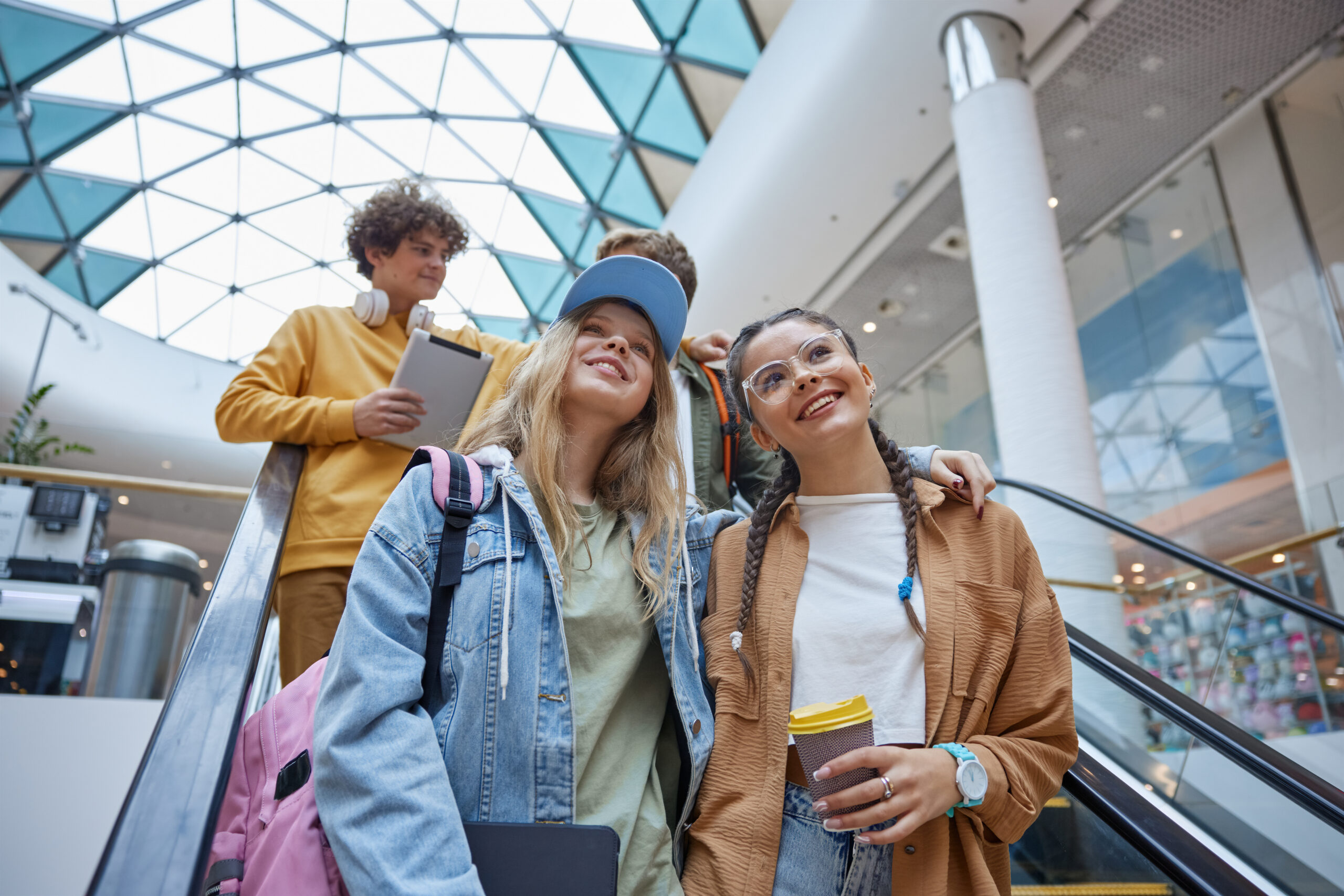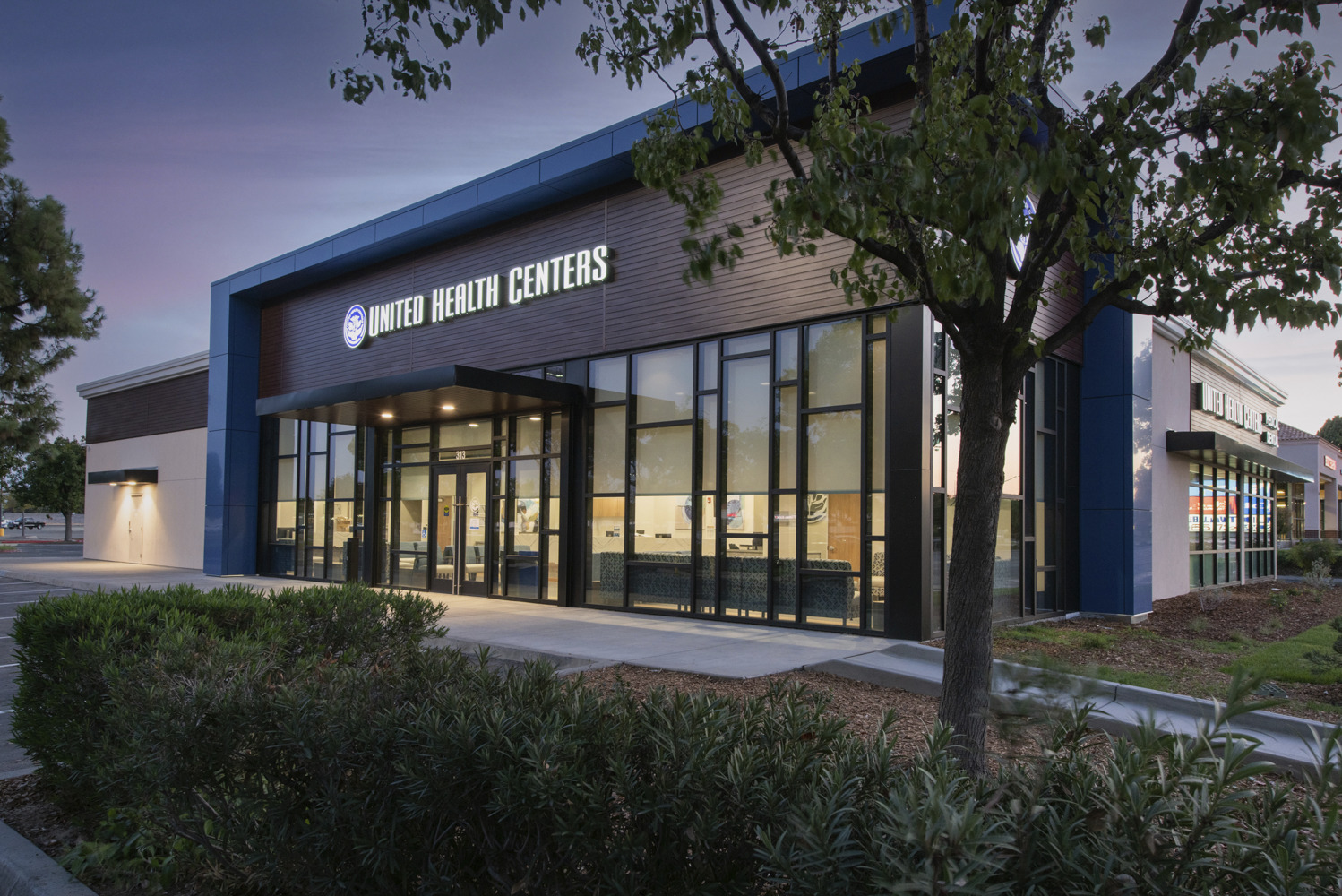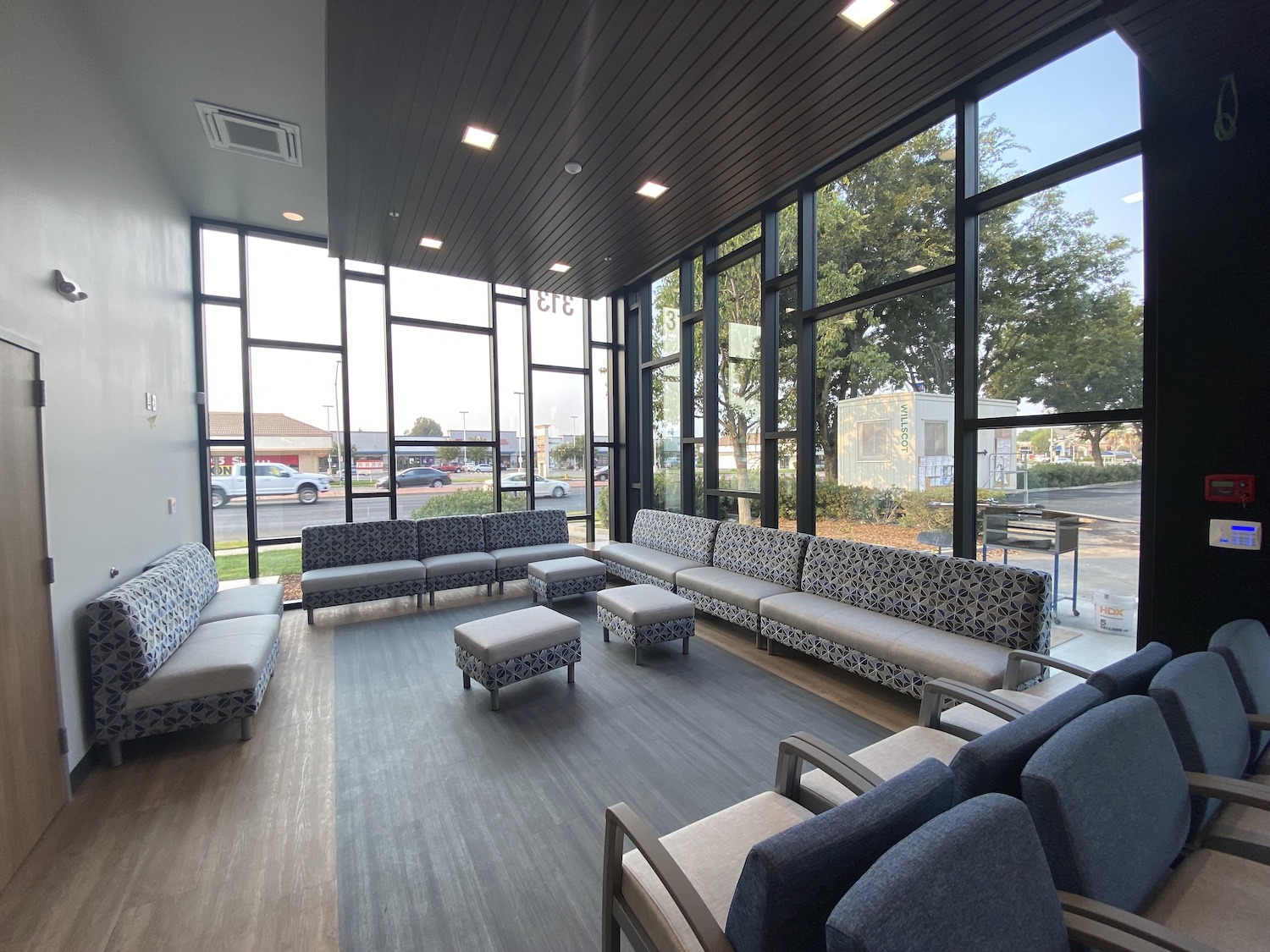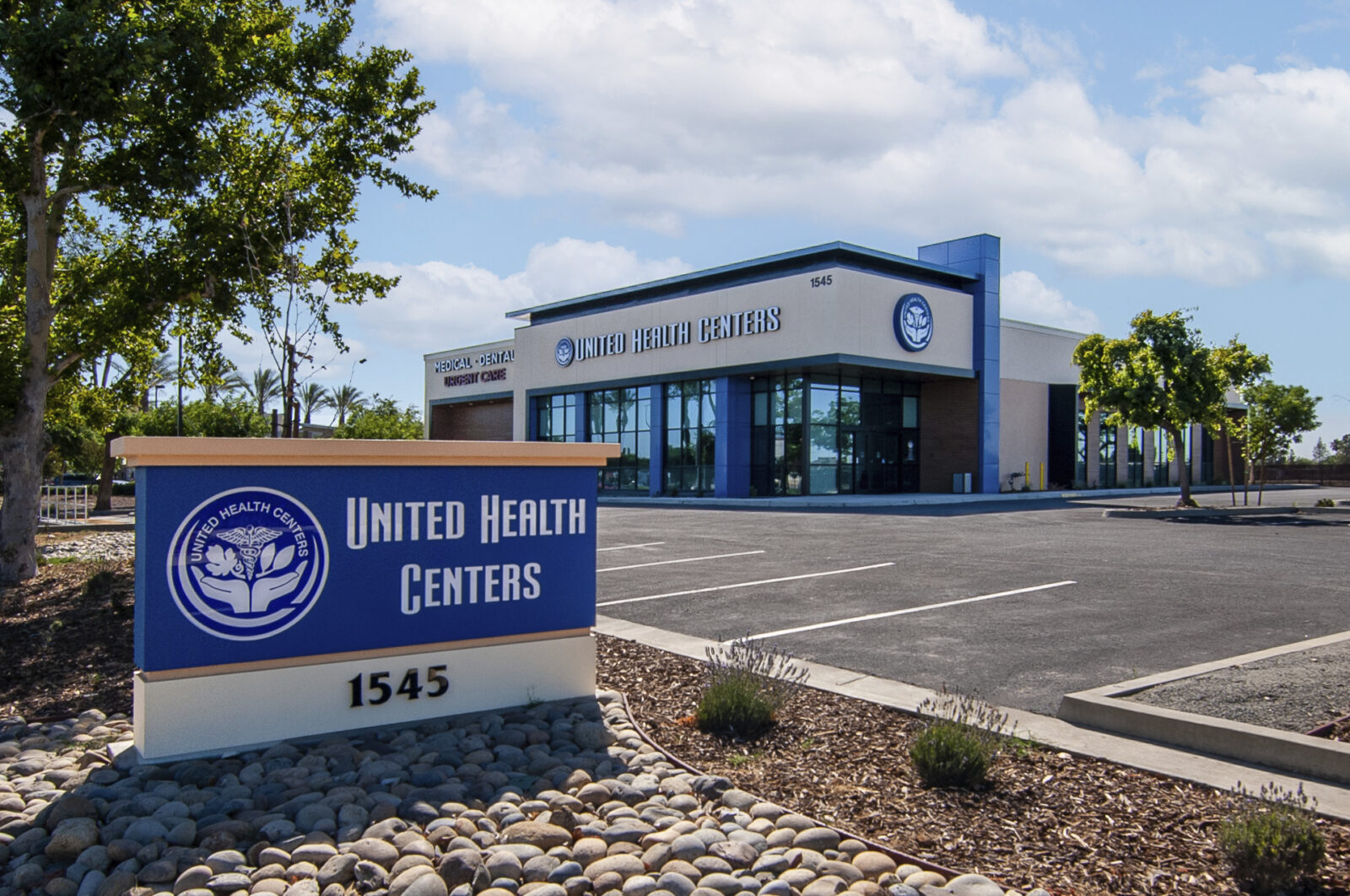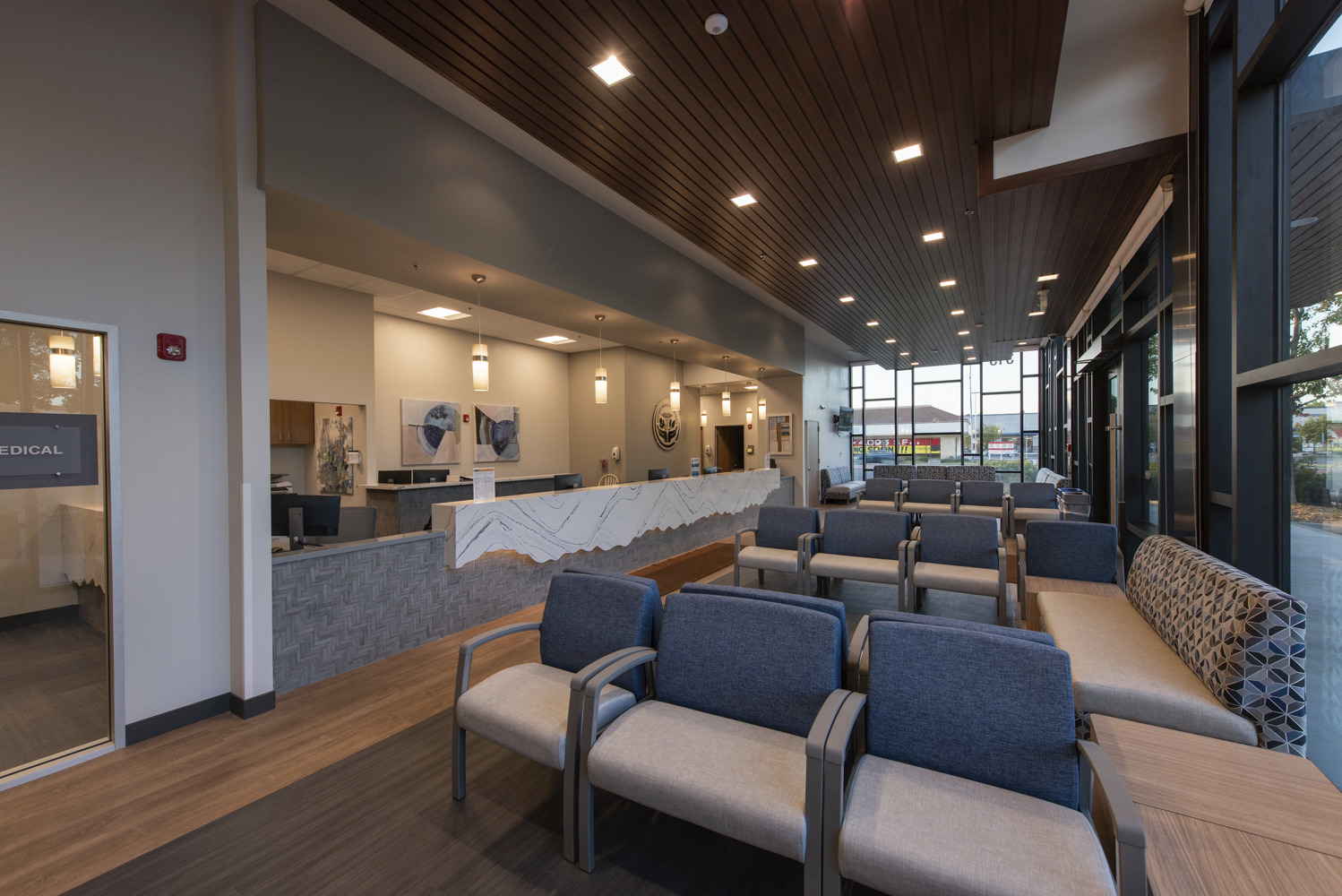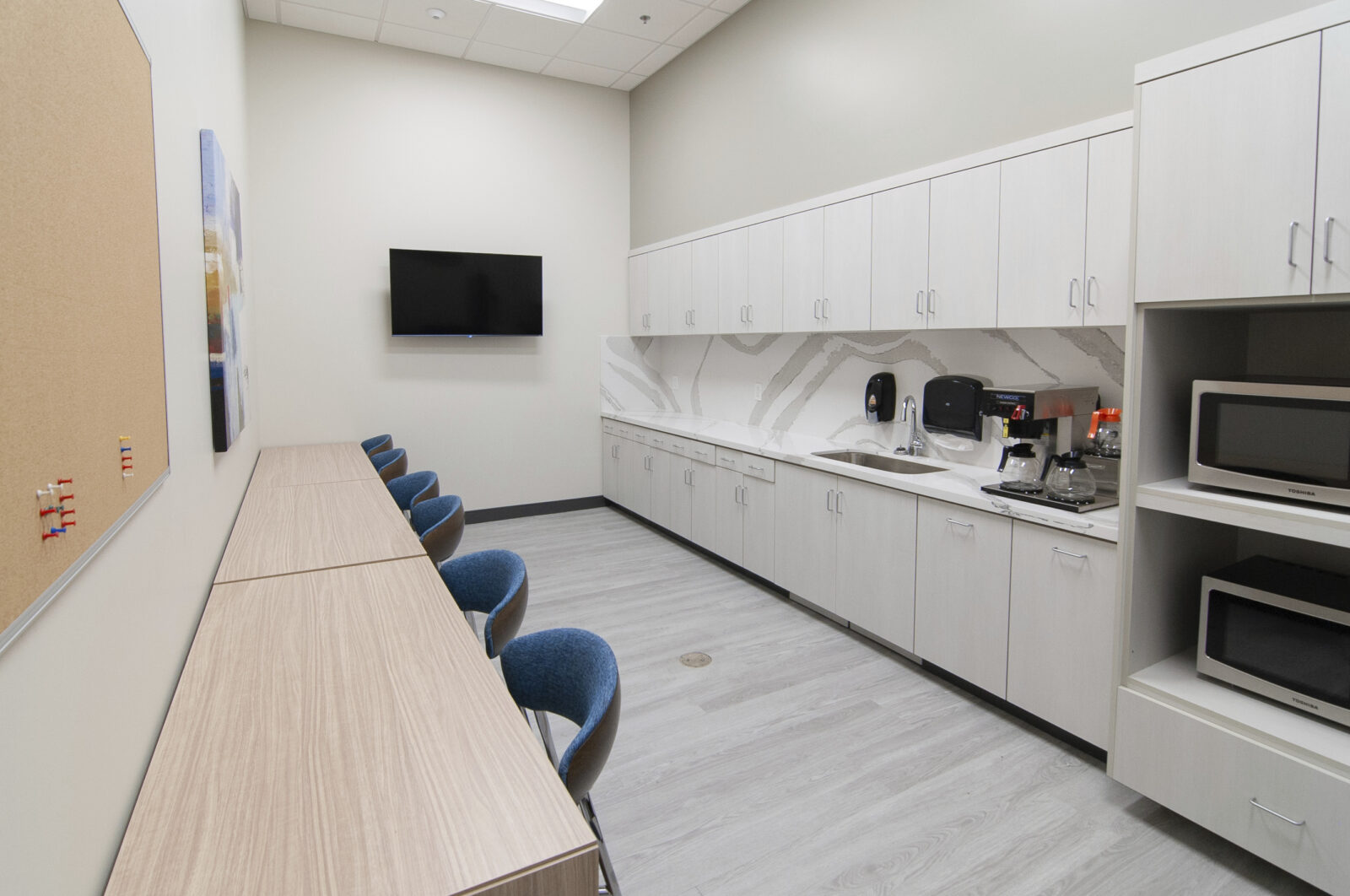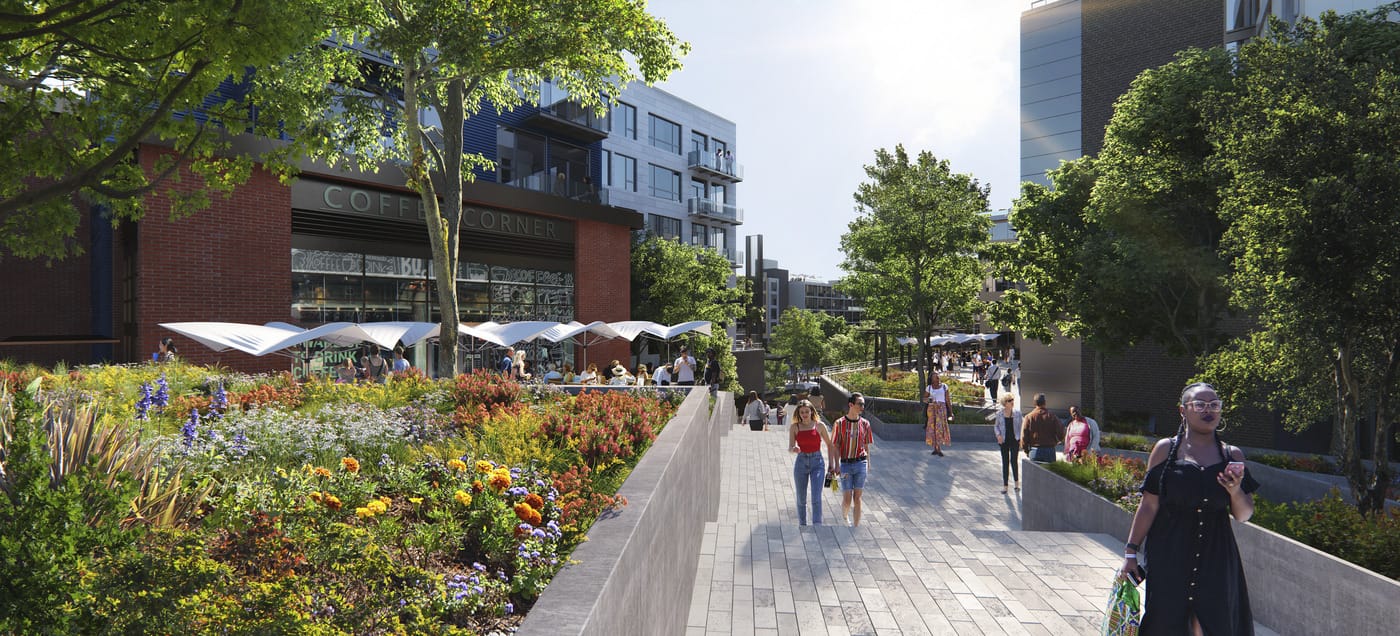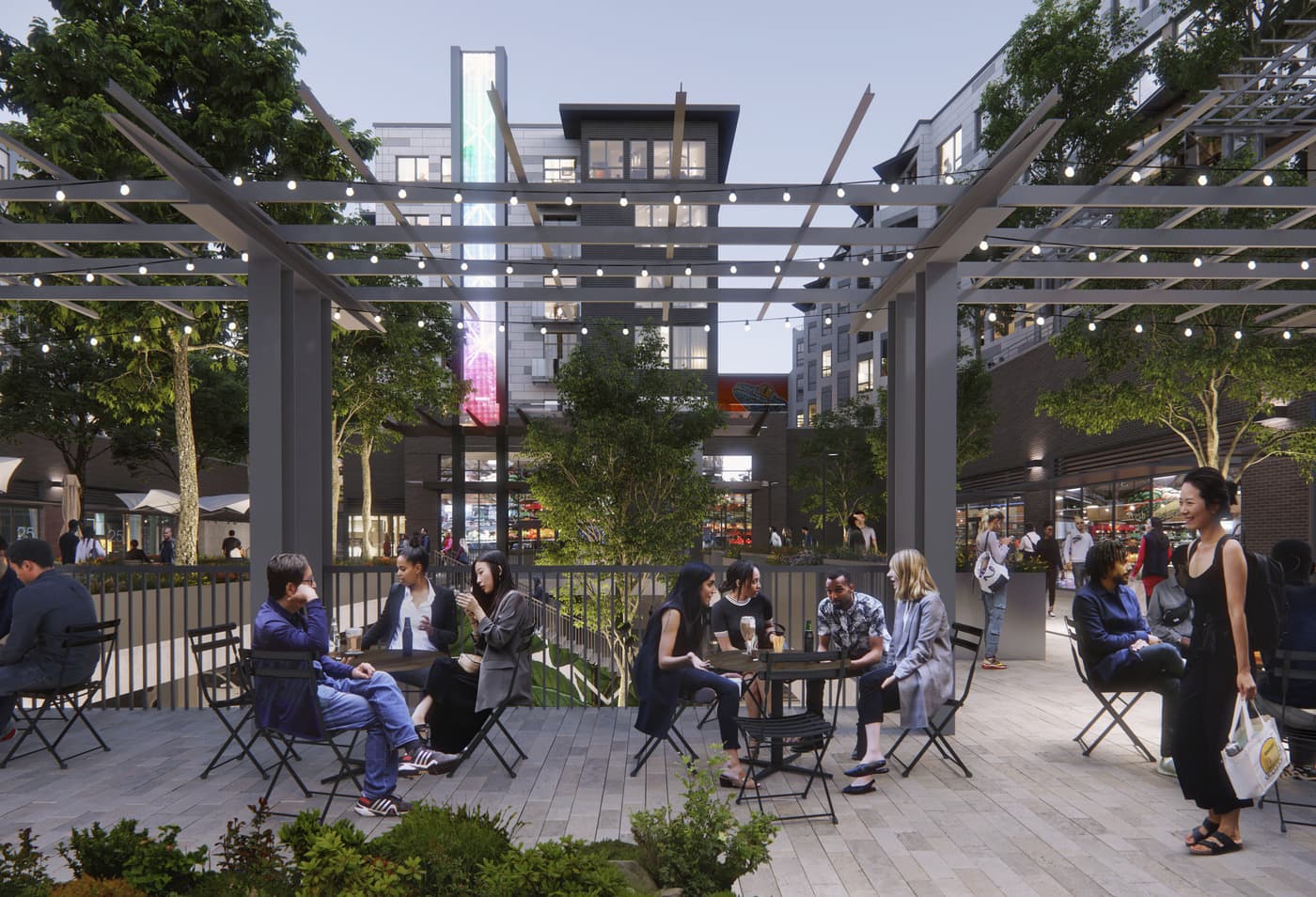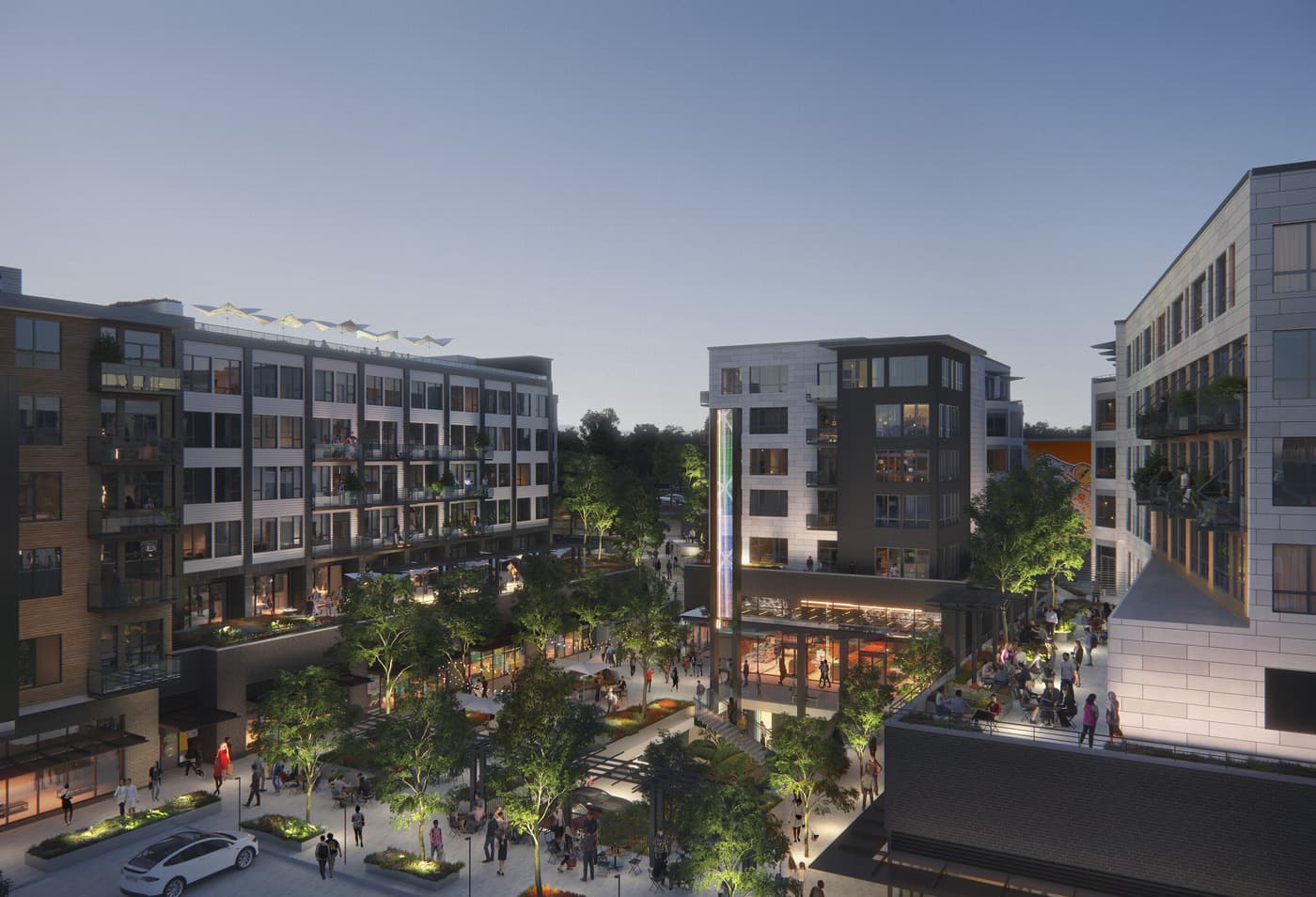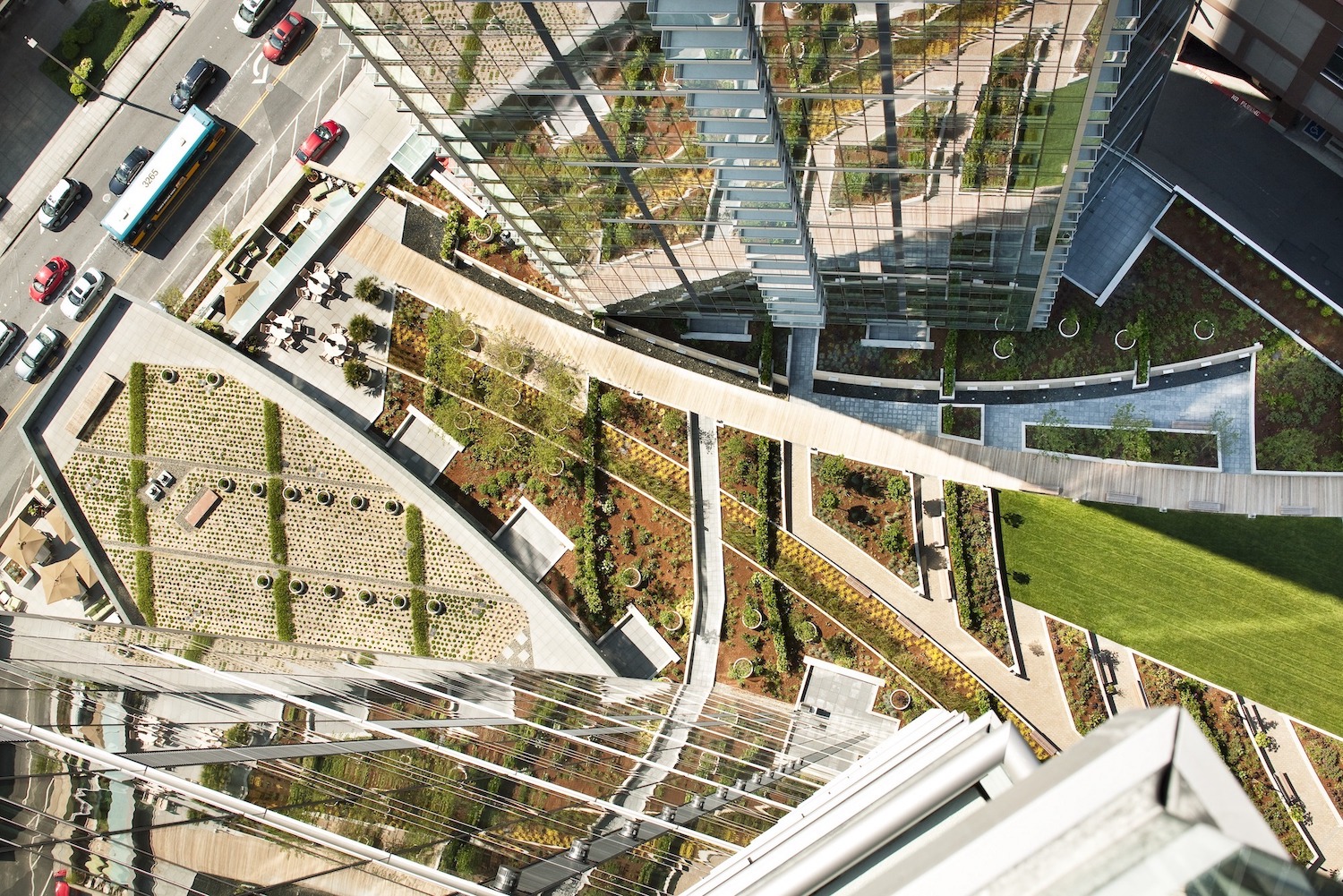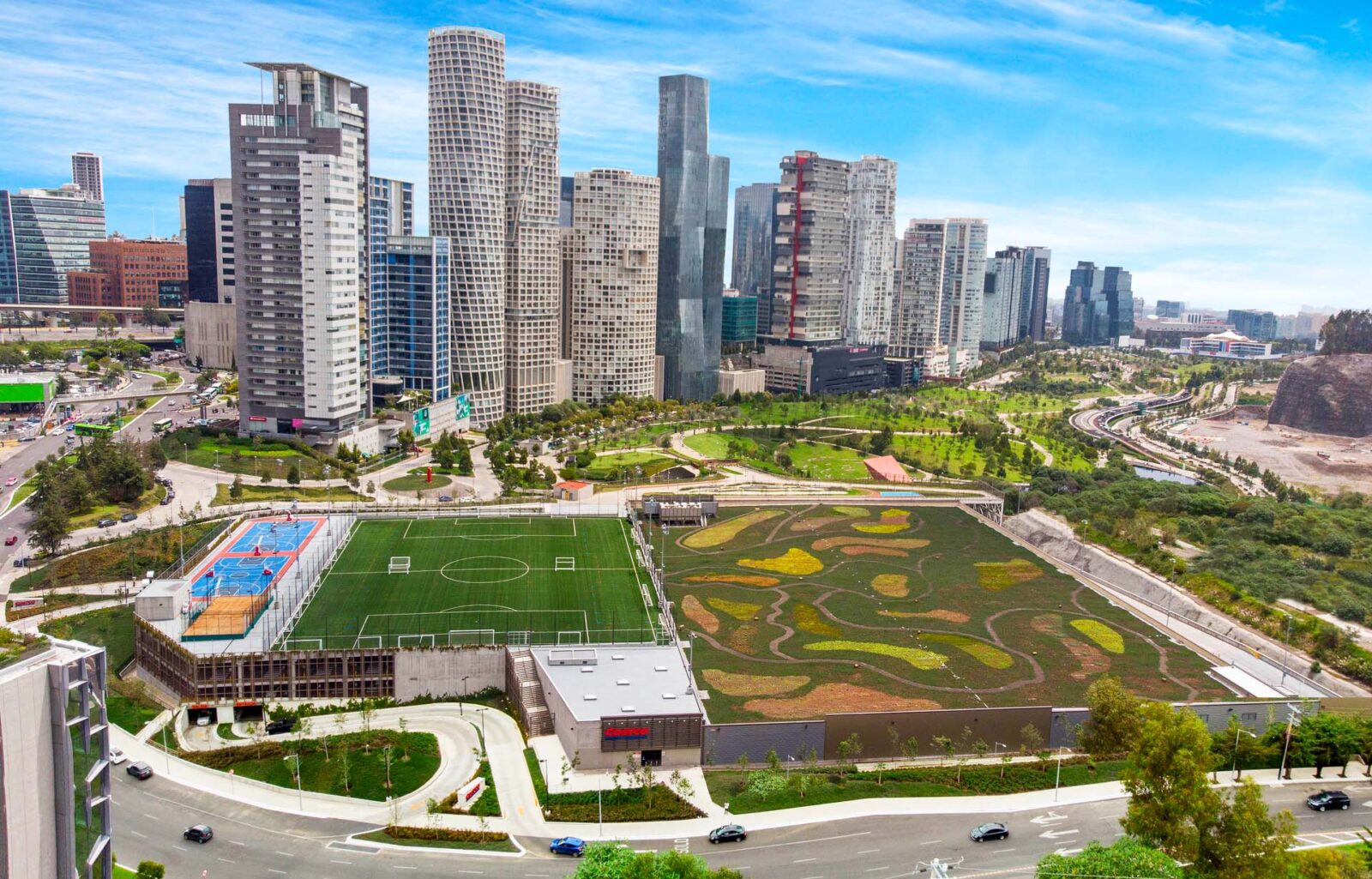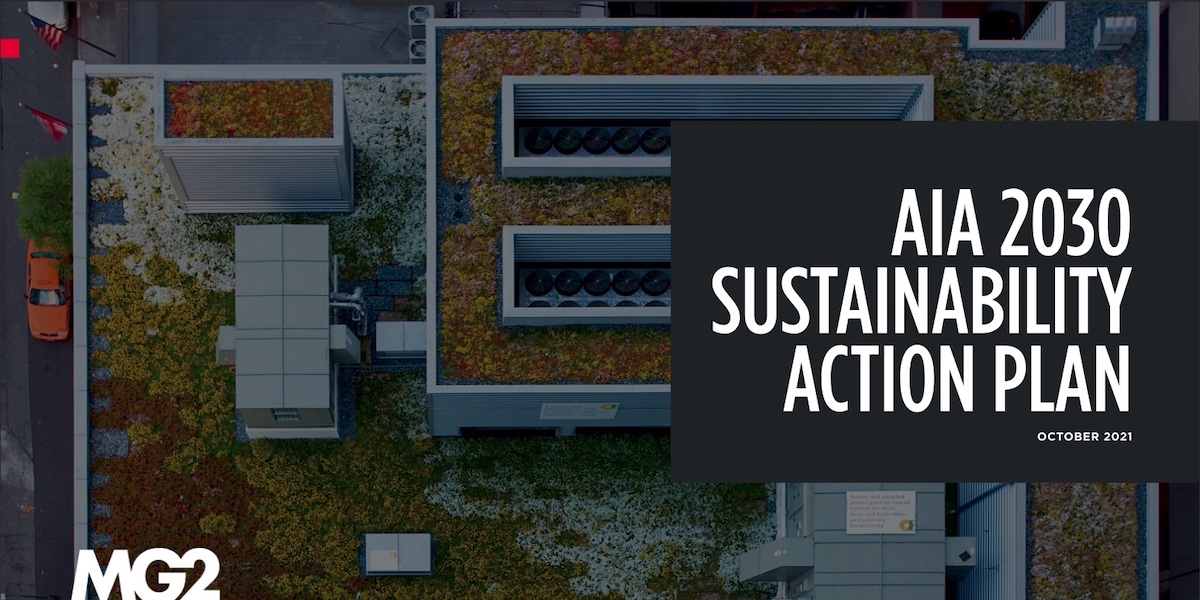3. Omnichannel means being omnipresent for the consumer.
Whether they’re standing in a store, browsing online, interacting with social media, or playing in the metaverse, consumers want and expect a congruent, simplified “click-to-buy” experience that’s seamless across every presence of a brand.
They’re seeking an “all-of-the-above” optionality that is as fluid as they need it to be in the moment, and this agility is critical as we think about designing the store of tomorrow. Digital integration will need to empower both store associates and the consumer to be able to move interchangeably when visiting different brick and mortar locations so they have the options, access, and efficiency they desire.
4. True sustainability starts with the supply chain.
Consumers speak with their wallets, and more and more their love language is shifting toward an expectation in transparency, sincerity, and sustainable practices from the brands they support. This further includes retailers being net-positive to the environment, as well as striving for social and community equities.
The real onus, however, is on the full ecosystem coming together to truly make a difference consumers can see and resonate with. Brands and retailers need to own and optimize their supply chain, making it more accessible from a cost and candor standpoint for consumers.
One of the lessons shared by Saskia van Gendt of Rothy’s was a profound sense of understanding of the brand’s own role in the process. “If you own the supply chain,” he notes, “you can truly impact things. For example, you can set up for on-demand manufacturing so as not to leave waste.”
5. We’re amidst an era of phygital convergence.
The metaverse—the industry’s newest buzzword—holds the promise of and capacity to meld physical retail with mixed reality experiences. However, we’re already years into this convergence of digital and brick-and-mortar, with offerings like virtual endless aisles that consumers can browse for hours, just as they might window shop in-store.
Innovative technology has, and continues to fuel the future of retail data collection and analysis, powering responsive IoT connectivity via RFID, sensors, digital displays, and products that ignite an overlay of immersive media. The digital/physical overlap will only continue to grow.
__________
Reach out to our team to learn more about how we’re helping define the future of brick-and-mortar retail for brands.

